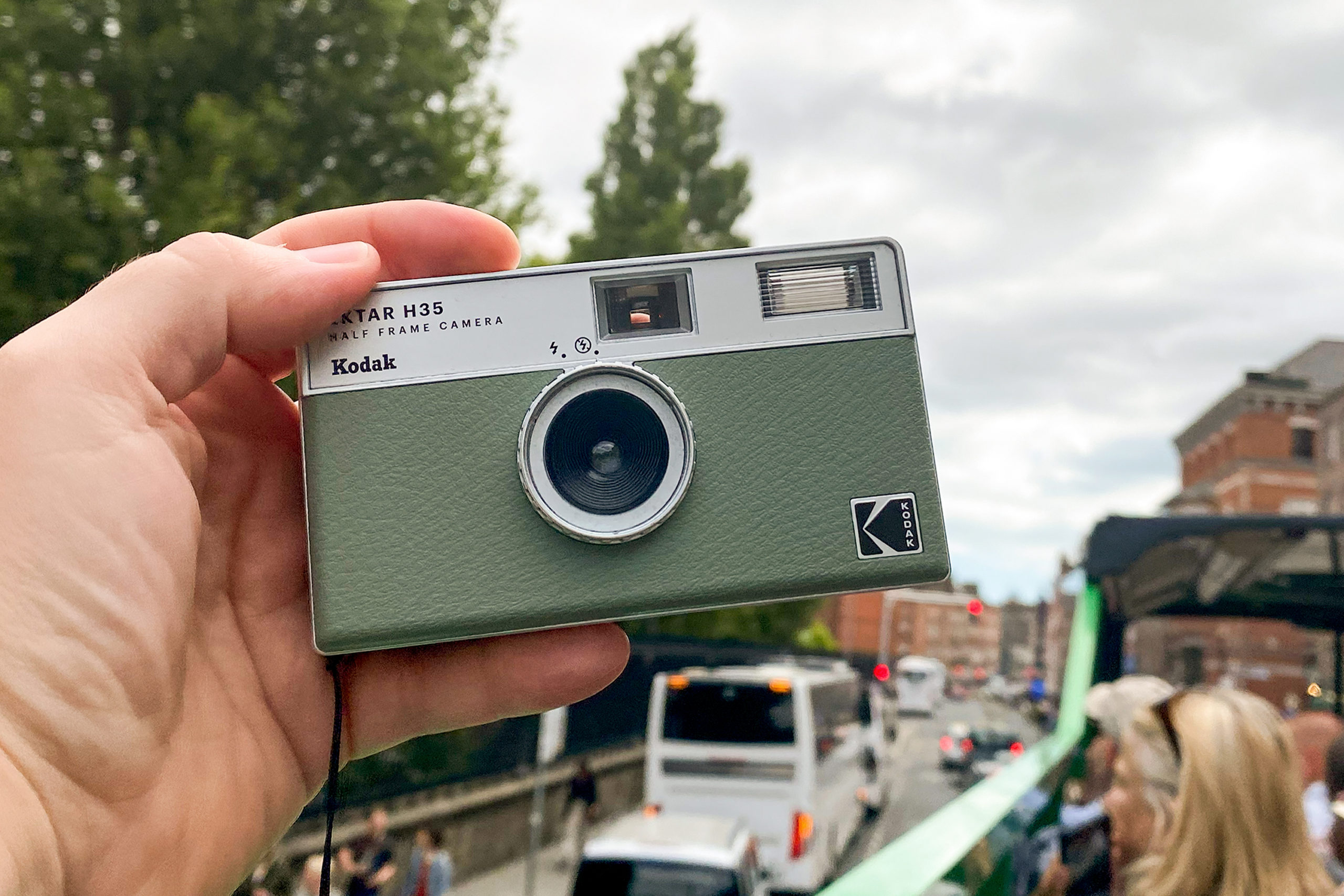
Spread the love
The photo world has been having battles on multiple fronts. From the invasion of smartphones to the boom of AI to tariffs in the United States, the industry has been trying to find ways to keep itself going despite the challenges. However, in some cases, it seems the efforts are going in vain. For example, Kodak, one of the legacy brands in the photo world, fears it may have to shut down operations once and for all. But what does this crisis imply for other brands?
The Kodak Conundrum
Per a report by The Verge, Kodak issued a warning that it is facing a “substantial doubt” about continuing the business. The issue arises from the $500 million in debt, which has been mounting for the past year, and the company is unable to meet the challenges. However, since the company disclosed this news, its share price declined, and the company has seen a 23% decline since December in its profits.
However, the company states it will bounce back, and in a statement to The Verge, it revealed the pension reversion plan is crucial to its survival. As they said in the statement, “To fund the repayment, we plan to draw on the approximately $300 million in cash we expect to receive from the reversion and settlement of our U.S. pension fund (the Kodak Retirement Income Plan, or ‘KRIP’) in December.” In other words, they will cut off the pensions of employees, which seems quite unethical. But they are “confident” that this plan will work, and by next year, the company will be debt free.
For the uninitiated, Kodak has been around for a long time, but in 2012, the company filed for bankruptcy protection, Chapter 11. This meant that the company had to sell its varied businesses and patents, and also shut down its camera manufacturing unit. One of the reasons for this was the company’s inability to fight off competition or work with digital photography, which gained immense momentum in the early 2000s. From there on, they continued to focus on commercial packing and printing, as well as manufacturing pharmaceutical products.
However, today, Kodak’s affordable compact cameras are gaining momentum, which could mean that they have not given up on photography yet. But that’s a different company.
Will Other Companies Face the Same Risk?
Kodak’s legacy is immense, but the company was unable to focus on various aspects of the modern world. The company made itself popular with the launch of the Brownie cameras and later with film like Kodachrome. For its time, Kodak was able to find creative solutions, which made it the giant it is today. However, with the age of digital cameras, the company seemed to have completely given up. That’s when brands like Canon, Nikon, Sony, Samsung, and Fujifilm made a mark, offering affordable options, but as digital cameras.

Today, the camera market has shrunk, with a few brands taking the lead. Namely, Canon, Nikon, Sony and Fujifilm. Each of them has ventured into other aspects of innovation, in addition to photography, which has helped them to sustain themselves. However, at the same time, they continued to innovate, especially when times became more challenging with the advent of smartphone cameras, which now make up 90% in terms of usage as of 2024.
To adapt to the consumer market today, camera brands have launched mirrorless cameras, compact, and medium format offerings. They are looking for ways to cut down manufacturing costs by opening units in countries like Vietnam and trying to work with automation. And to fight off AI, most of the brands have signed up with the Content Authenticity Initiative. In fact, Fujifilm wants to take a path like Leica by catering to the market with luxurious offerings. Every company has its niche, and Kodak should have studied the same to find its own.
In other words, camera brands are much smarter about their choices today. They know if they do not adapt, they risk becoming obsolete. Your legacy is only good if you are able to live by what you created. Otherwise, there are many out there ready to replace you.

